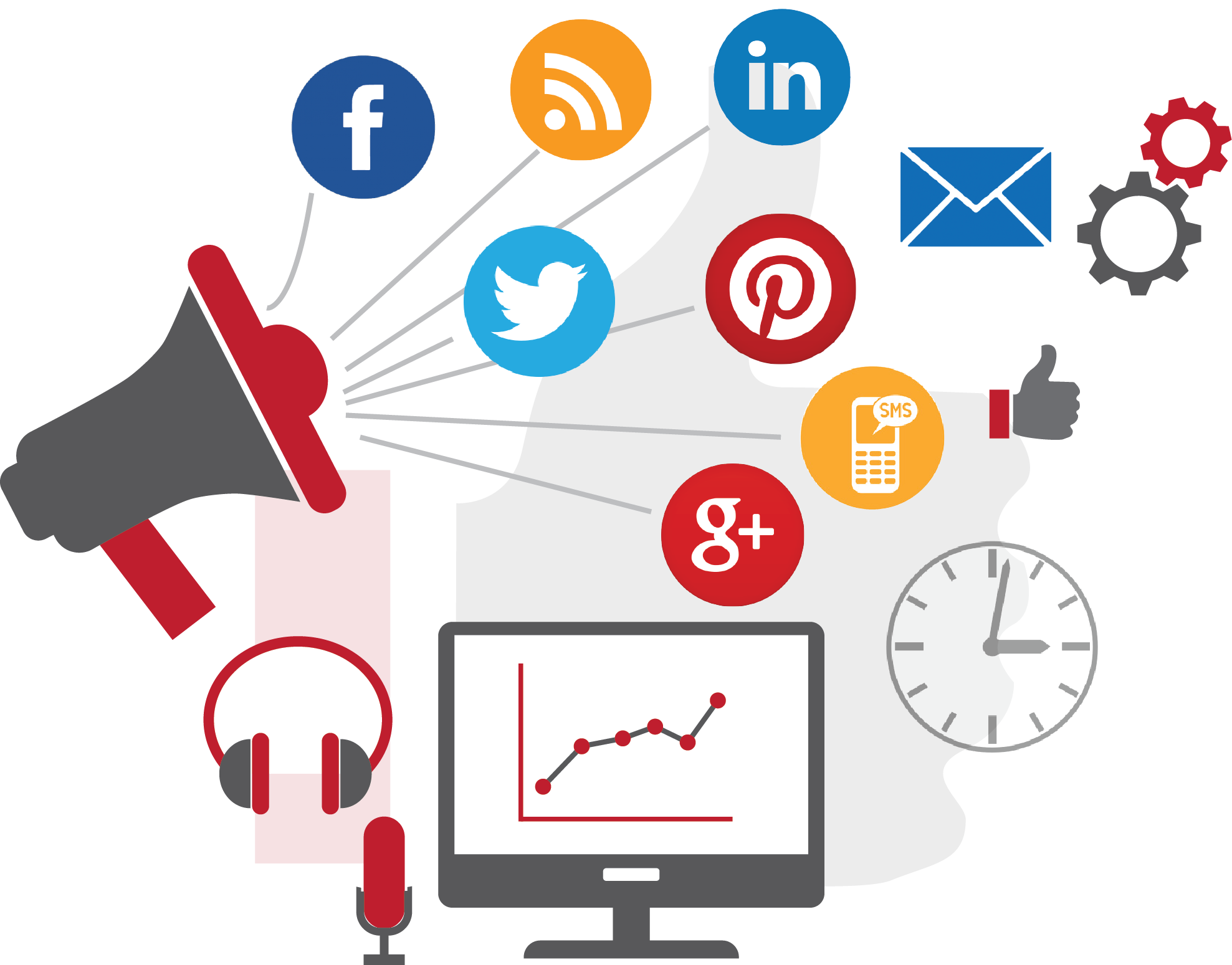What is digital marketing?
Digital marketing is a form of marketing that leverages the internet and digital technologies, such as computers and mobile devices, to connect with customers. More than running a sponsored Instagram ad to drive sales, it's a set of practices that interacts with customers at every stage of the buying journey.
Digital marketing strategy includes email, social media, advertising, and multimedia messaging that is distributed through mobile and web. Over 60 percent of the global population is online, and more people are joining them every day. That's why companies are now increasing their digital marketing budgets by double-digit figures while traditional marketing gets slashed.
Data plays a big part in digital marketing. With marketing analytics, marketers can collect valuable information by tracking a customer's journey in real time and target specific audiences by tailoring content to their preferred digital channels. For example, Starbucks has collected data from their rewards mobile apps to help identify seasonal trends and create tailored promotions.


